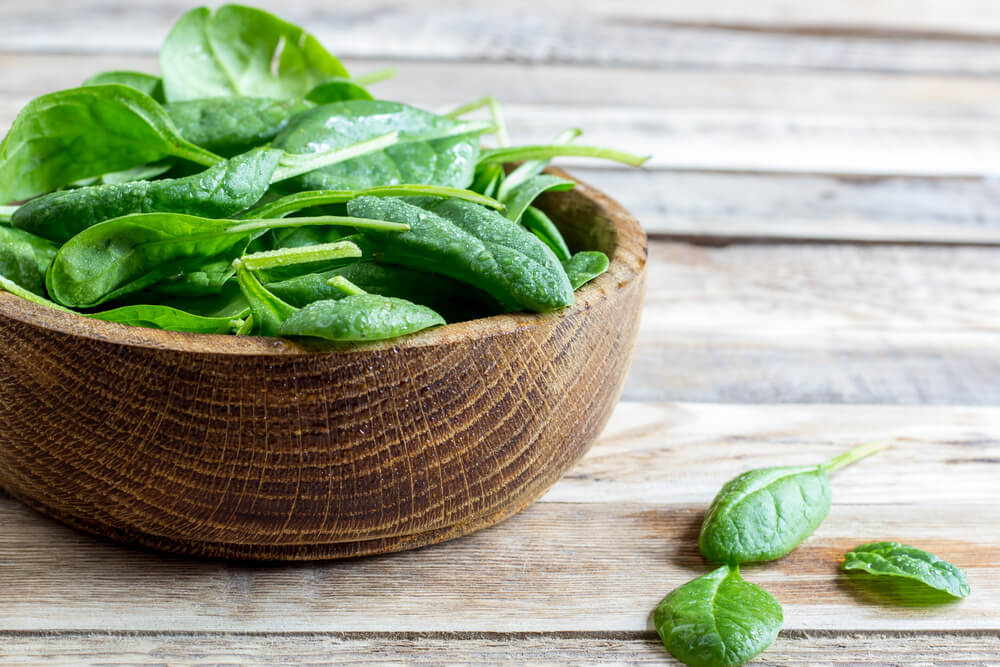
It is easy to grow spinach plants from cuttings, which are often easier to manage in containers than with seed. However, it is much harder to grow seeds indoors. You can also buy them ready-to-seeds at the supermarket, but they’re often crowded and small, making it difficult to keep them in an attractive container. A fun way to grow your own fresh spinach seeds is to grow them in a jar that has a tight fitting lid, like a tea cup. The trick is to let the air circulate around the jar while the seeds are inside.
If you’re growing seeds indoors, make sure you follow the directions carefully. If you’ve purchased your seeds at the store, find out when they were packed and if they were dry-packed or wet. Seeds should be about halfway moist when you plant them, but not wet. Seedlings that are tightly packed or have loose soil may not germinate properly.
To ensure germination, you should mix the soil with some compost. Spinach seeds are particularly sensitive to sharp soil particles and compost, so it’s important that the compost you use isn’t coarse or sandy. Make sure you purchase a good quality compost that contains well-decomposed material that’s been aged for at least a few months. Spinach plants need plenty of moisture, but if you spread the compost before you start planting, the roots will get only a small portion of the compost. That will help them to grow efficiently.
Choose appropriate potting medium for your Spinach plant, especially if you’re growing in a sunny location. Avoid plastic pots that retain moisture and can become damaged by strong winds. They should also be well pruned because their small size makes them susceptible to damage from weeds. White and red varieties do best in deep, well-drained soil, so plan on frequent repotting. Make sure you water them adequately when the weather turns hot; lack of water can result in brown, dry stalks and leaves.
After your Spinach plants have sprouted and established, you’ll want to give them some time to settle. It’s a good idea to position them so that their central area receives full sunlight. If you space them farther apart, your spinach will take longer to grow. You should also put a stake next to each group of plants to help them get the right amount of light. Once they start blooming, you can cover them with a simple garden net to keep insects away.
When your Spinach plants start appearing their first set of leaves, you can begin harvesting. The best time to harvest leaves is just after the plant starts to appear, as the green shoots are beginning to grow. Harvest them just before the foliage starts to die back. It’s also important that you keep the plants fairly dry, as excess moisture may cause them to rot. Once your spinach has finished blooming and you’ve successfully harvested all of its delicious edible leaves, you can then prune them.